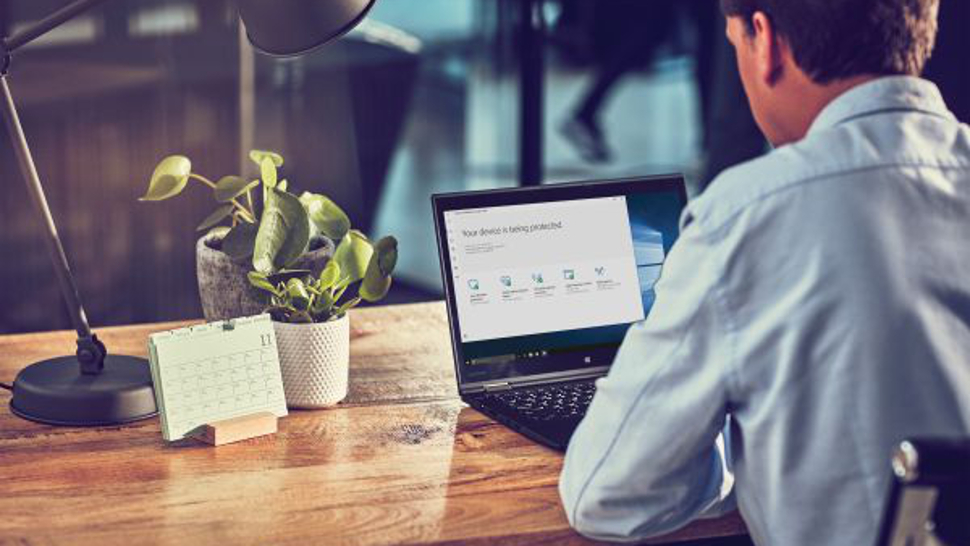Windows 10 May 2019 Update raises minimum storage requirement to 32GB
Trouble for PCs with tiny drives

In a change that takes effect with the imminent May 2019 Update, Microsoft has upped the minimum amount of storage space required for a PC to be able to install Windows 10.
Whether you’re running the 32-bit or 64-bit version of the operating system, when upgrading to the May 2019 Update (or indeed installing the OS from scratch) you will now need 32GB of storage space as an absolute minimum.
Previously, the storage requirement was 20GB for 64-bit Windows 10, and 16GB for the 32-bit spin (at least theoretically).
- Windows 10 now lets you remove USB devices at the drop of a hat
- Here’s how to fix any October 2018 Update problems
- This is what’s coming with the Windows 10 May 2019 Update
So that’s a fair jump, but one that is unlikely to affect many people. Still, there may be some folks out there with budget tablets or laptops that only have a 16GB eMMC drive on-board, and run Windows – but they will be pretty were rare (most of those notebooks will be Chromebooks, of course, with Chrome OS being able to manage far better on limited resources).
Bigger issue?
Perhaps the bigger issue is that previously – even with the lower 16GB/20GB official storage requirement – some folks with a small flash drive (like 32GB) have already run into trouble installing Windows 10 updates and running out of space.
That’s a hazard of living with a very small system drive on a budget system, naturally, but it sounds like the squeeze will be put on these machines to a greater degree with the May 2019 Update. And conceivably more people will have to look to get rid of some of their user data, backing it up off-PC, before having to perform a clean install to actually get the latest upgrade for Windows 10.
On MSFT, which spotted this, speculates that the reason for increasing the drive space requirement could be the introduction of Microsoft’s new storage management system whereby the OS reserves around 7GB of space on your drive for future updates. Although that feature is designed to help avoid running into issues when using a tiny system drive, or at least that’s the basic thrust.
Get daily insight, inspiration and deals in your inbox
Sign up for breaking news, reviews, opinion, top tech deals, and more.
Or perhaps this is simply Microsoft admitting that you really shouldn’t be trying to run Windows 10 on a system drive smaller than 32GB, which is going to be a tight squeeze anyway – and maybe more so now.
At any rate, if you do have a budget tablet or laptop with a tiny drive which is still capable of running Windows 10, the May 2019 Update could seemingly throw a spanner in the works.
- Some of the best laptops of 2019 run Windows 10
Darren is a freelancer writing news and features for TechRadar (and occasionally T3) across a broad range of computing topics including CPUs, GPUs, various other hardware, VPNs, antivirus and more. He has written about tech for the best part of three decades, and writes books in his spare time (his debut novel - 'I Know What You Did Last Supper' - was published by Hachette UK in 2013).